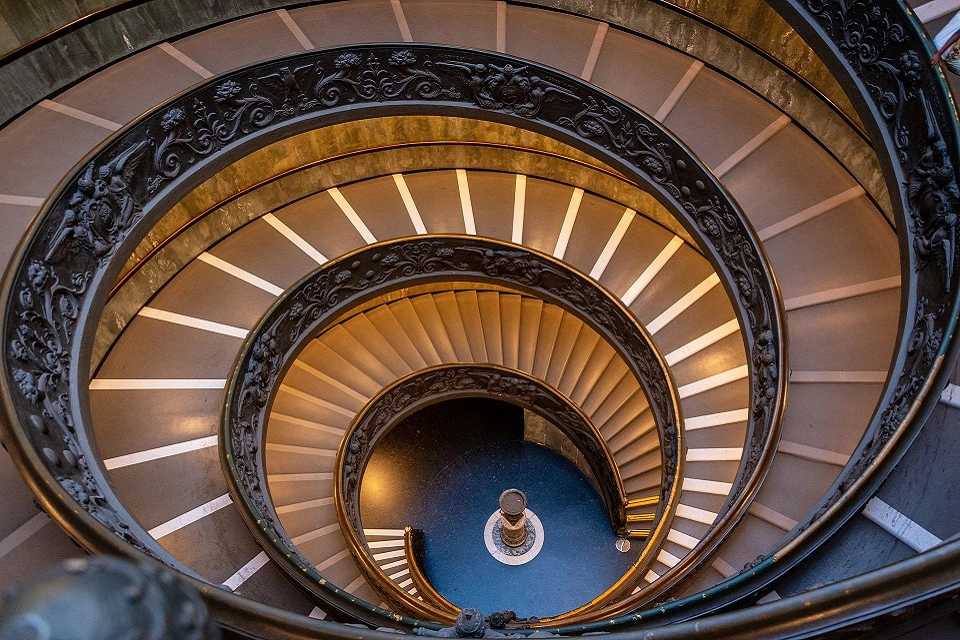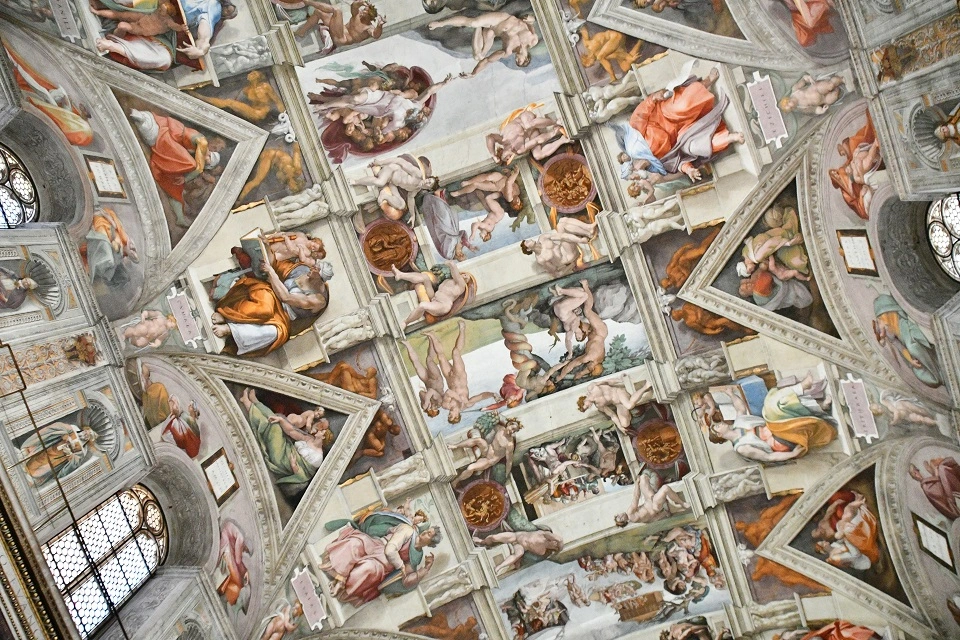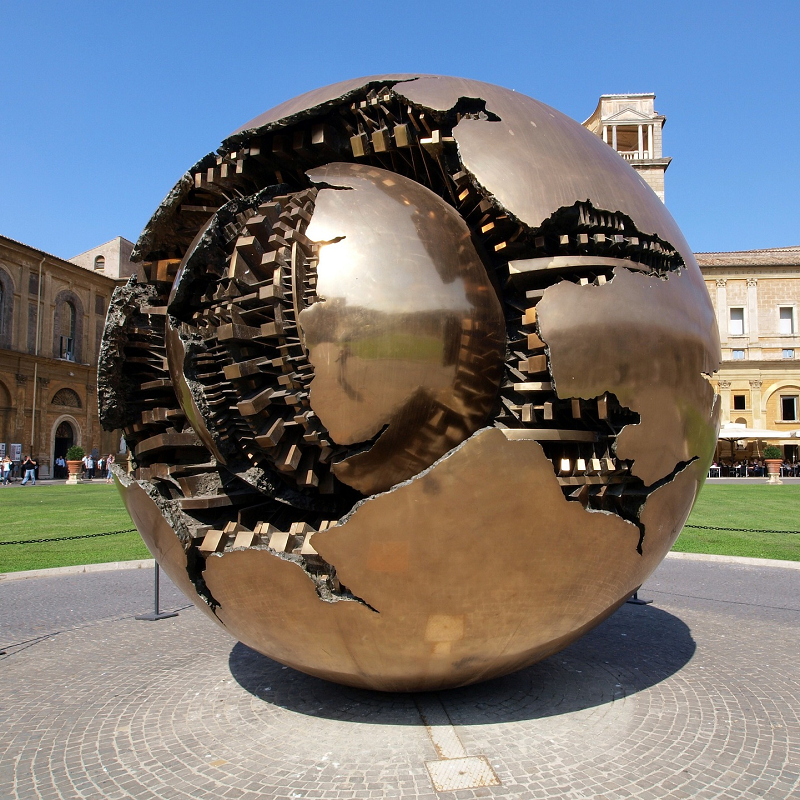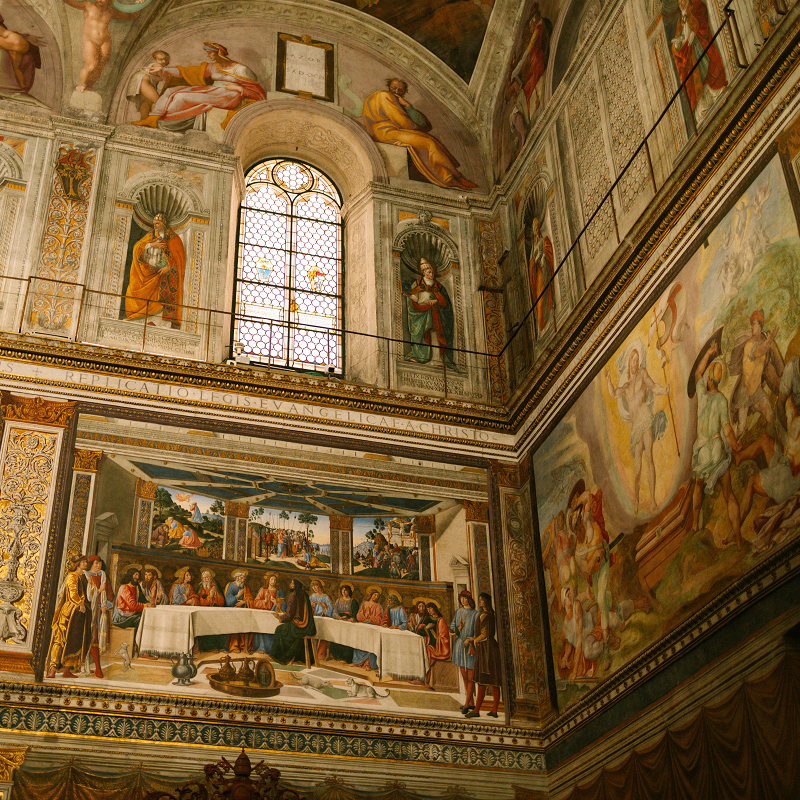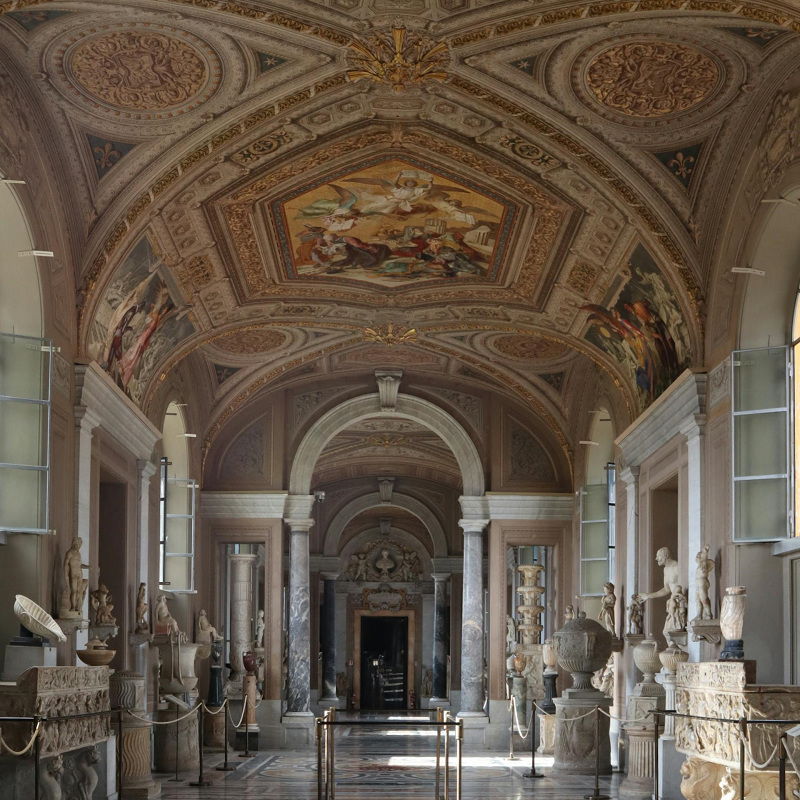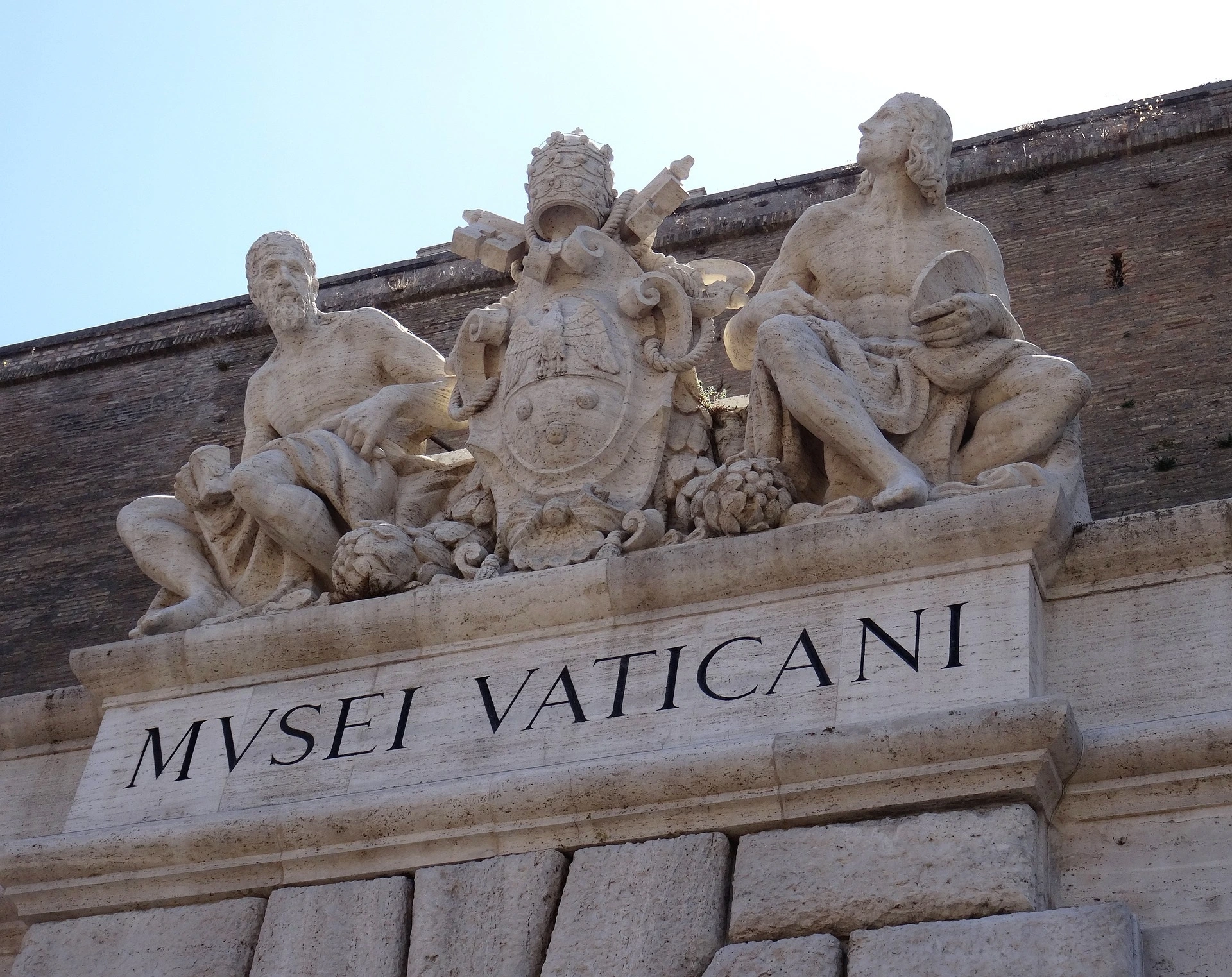
Buy tickets for the Vatican Museums – When visiting Vatican City, a trip to the Vatican Museums is an absolute must. With their unparalleled collection of art, history, and religious treasures, the museums offer an extraordinary glimpse into the cultural and spiritual heritage of the Roman Catholic Church.
Official tickets for the Vatican Museums
From ancient sculptures to Renaissance masterpieces, the Vatican Museums house some of the world’s most renowned artworks, making them one of the most significant cultural destinations on the planet. Whether you’re an art lover, a history enthusiast, or a curious traveler, the sheer scope and beauty of what lies within these walls will leave you in awe. Skipping the Vatican Museums would mean missing out on one of the most enriching experiences that Vatican City—and indeed the world—has to offer.
Historical Overview of the Vatican Museums
The Vatican Museums trace their origins back to the early 16th century when Pope Julius II decided to display a collection of sculptures for the public. One of the foundational pieces of this collection was the “Laocoön and His Sons,” an ancient Greek sculpture discovered in 1506. Upon its discovery, Pope Julius II displayed it in the Vatican, which marked the beginning of what would eventually become the Vatican Museums.
Over time, successive popes, driven by their desire to showcase the Church’s cultural heritage and support artists, expanded the museum’s collection. The Vatican Museums are now composed of multiple galleries and sections, each housing art and historical artifacts from different periods and parts of the world. Today, the museum covers more than 7 kilometers (4.35 miles) of exhibits and attracts millions of visitors annually, making it one of the most visited museums globally.
Key Sections of the Vatican Museums
1. The Pinacoteca Vaticana (Vatican Picture Gallery)
The Pinacoteca Vaticana is one of the premier sections of the Vatican Museums and is home to an impressive collection of paintings spanning from the Middle Ages to the 19th century. Established in 1932 under Pope Pius XI, the gallery contains works from many of the world’s most renowned artists, including Raphael, Caravaggio, Leonardo da Vinci, and Titian.
Highlights of the collection include:
- The Transfiguration by Raphael: Considered one of the greatest masterpieces of the High Renaissance, this painting was Raphael’s last work and epitomizes his command of human emotion, color, and composition.
- The Entombment of Christ by Caravaggio: A Baroque masterpiece, this painting is revered for its dramatic use of light and shadow, as well as its poignant depiction of grief and sorrow.
- St. Jerome in the Wilderness by Leonardo da Vinci: Although an unfinished work, this painting demonstrates da Vinci’s exceptional understanding of human anatomy and his ability to convey psychological depth.
2. The Gregorian Egyptian Museum
Founded in 1839 by Pope Gregory XVI, the Gregorian Egyptian Museum is dedicated to ancient Egyptian art and culture. This section of the Vatican Museums includes a wide array of artifacts, such as statues, mummies, sarcophagi, and other items that showcase the rich religious, artistic, and daily life of ancient Egypt.
Among the most notable pieces in the Gregorian Egyptian Museum are:
- The Egyptian statues of Pharaohs and gods: These statues, often crafted in granite or basalt, depict various Egyptian deities such as Isis and Osiris, as well as pharaohs like Ramses II.
- The mummy of an Egyptian priest named Nesi Khonsu: This well-preserved mummy offers insights into the embalming techniques of ancient Egypt, while the accompanying sarcophagus is elaborately decorated with hieroglyphics and religious scenes.
- The Canopic jars: These jars, which were used to store the internal organs of mummies, are intricately designed and highlight the Egyptians’ sophisticated burial rituals.
3. The Pio-Clementine Museum
Established in the late 18th century by Popes Clement XIV and Pius VI, the Pio-Clementine Museum is renowned for its impressive collection of classical Greek and Roman sculptures. These works of art, many of which date back to ancient times, are displayed in magnificent rooms and halls, each showcasing a particular era or theme of Roman or Greek art.
Highlights of this museum include:
- Laocoön and His Sons: One of the earliest and most significant acquisitions of the Vatican Museums, this ancient Greek sculpture depicts the Trojan priest Laocoön and his sons being attacked by sea serpents. It is revered for its dynamic composition, emotional intensity, and the intricate detail with which the human form is portrayed.
- The Apollo Belvedere: This ancient Roman marble statue of the god Apollo is a masterpiece of classical antiquity. It is celebrated for its idealized portrayal of the male figure and was considered a pinnacle of artistic perfection during the Renaissance.
- The Belvedere Torso: A fragmented statue of a muscular male torso, this sculpture has been the subject of admiration for centuries. Michelangelo himself was greatly inspired by the Belvedere Torso, and it influenced many of his own works, particularly his depiction of figures in the Sistine Chapel.
4. The Raphael Rooms (Stanze di Raffaello)
The Raphael Rooms are a series of four lavishly decorated rooms in the Vatican Palace that were painted by Raphael and his students. Commissioned by Pope Julius II, the rooms were intended to serve as the papal apartments, and their walls are adorned with some of the most iconic frescoes of the Italian Renaissance.
The most famous room, The Room of the Segnatura, contains two of Raphael’s most celebrated works:
- The School of Athens: This fresco is an allegory of philosophy and depicts an assembly of great thinkers from classical antiquity, such as Plato, Aristotle, Socrates, and Pythagoras. The figures are set in an idealized architectural setting, and the fresco is considered one of Raphael’s greatest achievements.
- The Disputation of the Holy Sacrament: Another masterpiece, this fresco depicts a theological debate about the nature of the Eucharist. It features an impressive array of figures, from saints to theologians, all gathered around a central altar.
5. The Gallery of Maps (Galleria delle Carte Geografiche)
The Gallery of Maps is a long corridor adorned with 40 large, detailed maps that represent the regions of Italy as they were in the late 16th century. Painted between 1580 and 1585 under the direction of Pope Gregory XIII, these maps are a remarkable display of Renaissance cartography. Each map is bordered by intricate frescoes depicting scenes from the region it represents.
This gallery is not just a visual marvel but also a historical document, providing insights into the geographical understanding of Italy during the Renaissance. The stunning blue-and-gold vaulted ceiling adds to the grandeur of this space, making it one of the most visually striking areas of the Vatican Museums.
6. The Gregorian Etruscan Museum
Founded by Pope Gregory XVI in 1837, the Gregorian Etruscan Museum is devoted to the ancient Etruscan civilization, which thrived in Italy before the rise of Rome. The collection includes vases, bronze statues, gold jewelry, and sarcophagi, many of which were discovered in tombs.
Notable items in this museum include:
- The Etruscan bronze chariot: A remarkably well-preserved chariot from the 6th century BC, adorned with intricate engravings and detailing.
- The Etruscan terracotta sarcophagi: These sarcophagi, often with sculpted lids that depict the deceased, offer a glimpse into Etruscan burial customs and beliefs about the afterlife.
7. The Sistine Chapel
Perhaps the most famous section of the Vatican Museums, the Sistine Chapel is a must-see for visitors. Originally built by Pope Sixtus IV between 1473 and 1481, the chapel is world-renowned for its stunning frescoes by Michelangelo. The ceiling, painted between 1508 and 1512, depicts scenes from the Book of Genesis, including the iconic image of The Creation of Adam, where God reaches out to give life to Adam.
The Last Judgment, painted on the altar wall by Michelangelo between 1536 and 1541, is another highlight of the Sistine Chapel. This vast and dramatic work portrays Christ’s Second Coming and the final judgment of souls. Michelangelo’s use of color, anatomy, and composition in these frescoes represents one of the greatest achievements in the history of art.
8. The Ethnological Museum
The Ethnological Museum, established by Pope Pius XI in 1926, contains a vast collection of artifacts from non-European cultures. Its purpose is to showcase the cultural diversity of humanity and the universality of the Church’s mission. The collection includes items from Africa, Asia, Oceania, and the Americas, ranging from religious objects to everyday tools and artwork.
Guided tours Vatican Museums
Taking a guided tour at the Vatican Museums offers several advantages:
In-depth knowledge. Guides are typically experts in the history, architecture, and cultural significance of the Vatican Museums. They provide detailed insights and stories that enhance understanding and appreciation of the site.
Access to restricted areas. Some areas of the Vatican Museums may be off-limits to general visitors, but guided tours often include access to special areas or hidden gems that aren’t accessible otherwise.
Contextualization. Guides contextualize the Vatican Museums within broader historical and cultural contexts, helping visitors understand its significance in the context of the Vatican’s history and its importance in Catholic heritage.
Efficient use of time. Guided tours often follow well-planned itineraries, ensuring that visitors see the most important highlights of the Vatican Museums within a limited time frame.
Enhanced experience. Guides can answer questions, provide anecdotes, and facilitate discussions, enriching the visitor experience and creating lasting memories.
Avoiding language barriers. For visitors who don’t speak the local language, guided tours conducted in their preferred language can ensure they fully understand the information presented.
Impression Vatican Museums
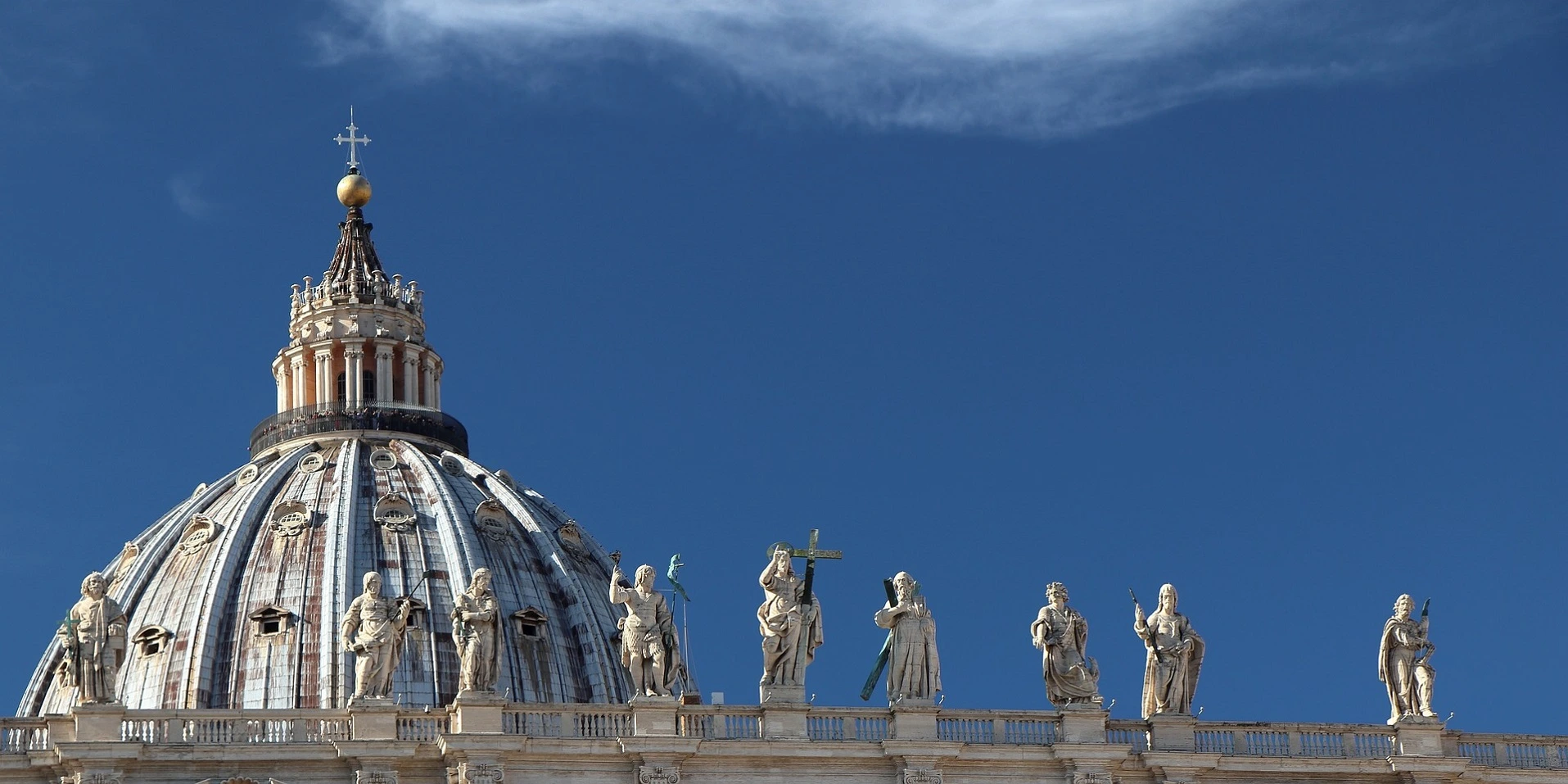
What else to visit besides the Vatican Museums and the Sistine Chapel?
After visiting the Vatican Museums and the Sistine Chapel, many visitors continue on to the St. Peter’s Basilica, which is located nearby.
